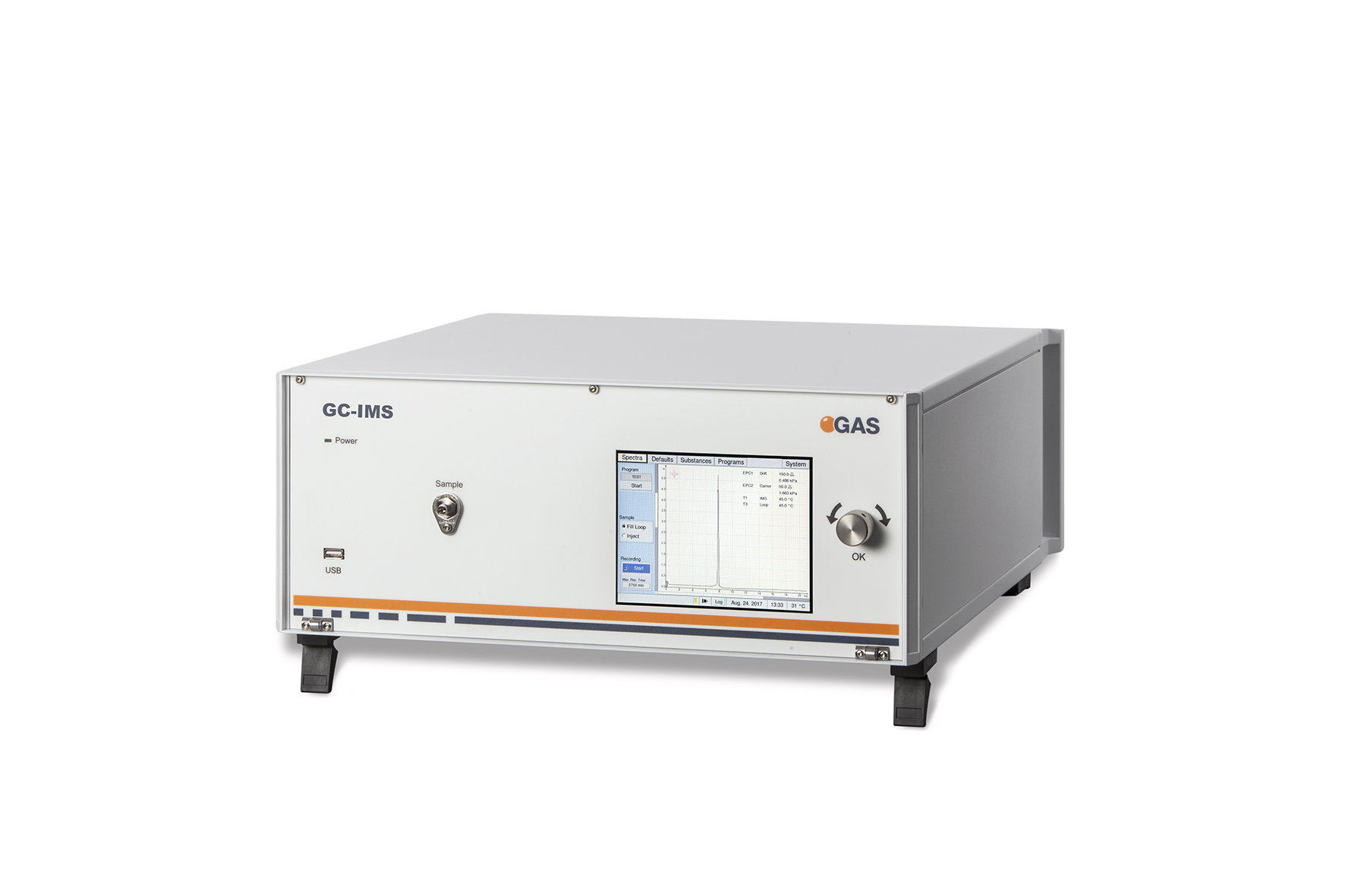Propellant Gases Testing
Aerosol based propellants can under
certain circumstances be contaminated with traces of VOCs. These
impurities cause unpleasant off-flavours and lead to customer
rejections.
Propellants are odourless mixtures of high purity hydrocarbons consisting of de-odourized propane, iso-butane or n-butane. An alternative widely known propellant used in aerosol products is Dimethyl Ether, better known as DME.
Among a wide range of applications, both the pharmaceutical industry and producers of personal care products (spray cans) are important users of propellant gases.
Compared to Propane and Butane, which are derived from Crude oil, DME is considered an eco-friendly synthetically produced propellant. Propellants that are directly produced from Crude oil, naturally contain traces of Hydrogen Sulfide (H2S), Carbonyl Sulfide (COS) and aromatic compounds such as Benzene and Toluene. For safety, odour and environmental reasons, these compounds need to be removed during the refining of the propellants. To secure that the concentration of unwanted traces does not exceed safe limits, accurate monitoring and batch analysis of propellants is required at production facilities, certification labs and distribution points.
The GC-IMS offers:
-
active sampling from the process or by gas bags
-
VOC detection in the low ppb (or sub ppb-) level
-
one-klick operation with customized programs
- ruggedness, suitable for on-site operation

 Deutsch
Deutsch English
English Chinese
Chinese




